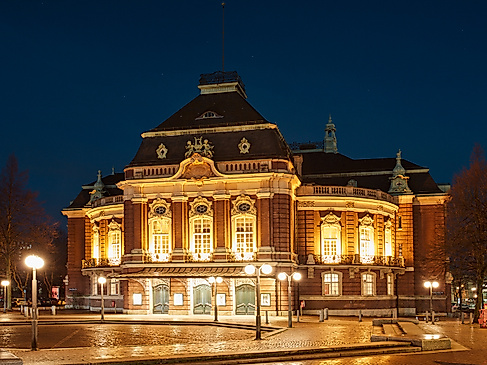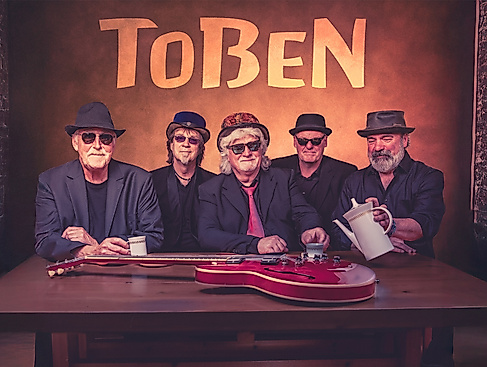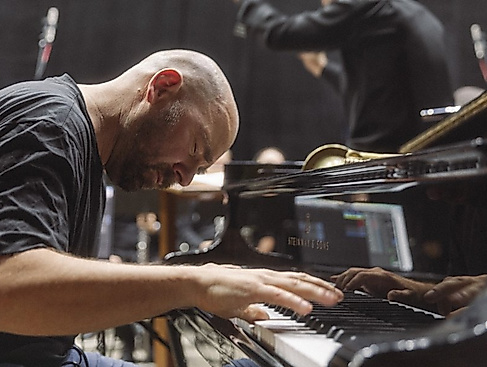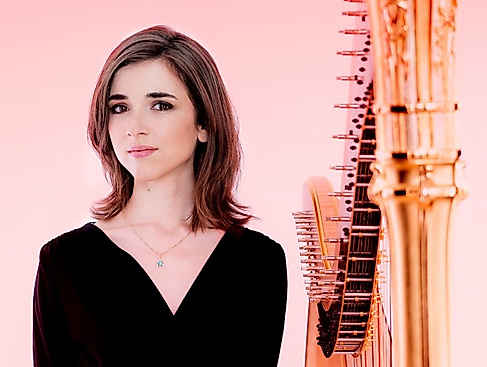Today, Johann Sebastian Bach is primarily known as the creator of church cantatas, passions, and sacred masterpieces. But the Thomaskantor of Leipzig was much more than just a devout musician: he left behind magnificent and dramatic works for festive, courtly, and university occasions. Two particularly colorful examples of this entirely secular Bach, who described his professional time as court conductor at the court of the Prince of Saxony-Anhalt in Köthen as the happiest of his life, are the focus of the closing concert of the IV International Bach Festival Hamburg.
The Satisfied Aeolus is a »dramma per musica« in which the god of the winds, Aeolus, is disturbed in his peace and quiet and in which the wind god is impressively staged with trumpets and drums, stormy choruses, and virtuoso arias. The plot is allegorical, the music magnificent: personifications of air, thunder, the seasons, and reason compete with each other until finally Pallas Athena appeases the enraged Aeolus. Bach takes the opportunity here to exploit the entire orchestral color spectrum: from the raging storm to the gentle breeze.
Virtuoso. The result is a musical debate that remains charming and witty to this day.
Four years later, in 1729, Bach composed The Contest between Phoebus and Pan. This piece is also a »dramma per musica«, but the tone is even more pointed and the wit even sharper.
The plot is borrowed from ancient mythology: Phoebus (Apollo), god of the arts, and Pan, the rural god of shepherds and flutes, compete to see who is the better musician. King Midas is asked to judge – and fatally decides in favor of Pan. As a result, Midas is punished by Phoebus with donkey ears.
Beneath the humorous surface lies a serious question: What is »good music«? Bach and his favorite librettist Christian Friedrich Henrici, who wrote under the pseudonym Picander, play with the contrast between artistic, scholarly composition (Phoebus) and folk-like, simple music-making (Pan). Unsurprisingly, Bach takes the side of art, but not without a wink: the music for Pan is deliberately »simple« and coarse, while that for Phoebus is elegant and virtuosic. The result is a musical debate that remains charming and witty to this day.
What would have happened if Bach had converted from Protestantism to Catholicism and, instead of Johann Adolf Hasse, had been appointed court conductor at the Dresden court of Augustus the Strong? The Dresden Court Opera House, with its 2,000 seats, was one of the largest opera houses in Europe at the time. Perhaps Bach might even have surpassed George Frideric Handel as a Baroque opera composer.
PERFORMERS
Barucco chamber orchestra
Catalina Bertucci soprano
Sophie Rennert mezzo-soprano
Daniel Johannsen tenor
Shimon Yoshida tenor
Klaus Häger bass
Daniel Ochoa bass
Carl-Philipp-Emanuel-Bach-Chor Hamburg choir
Hansjörg Albrecht harpsichord and director
PROGRAM
Johann Sebastian Bach
Der zufriedengestellte Aeolus: Zerreißet, zersprenget, zertrümmert die Gruft / Dramma per musica BWV 205
- Interval -
Johann Sebastian Bach
Der Streit zwischen Phoebus und Pan: Geschwinde, ihr wirbelnden Winde / Dramma per musica BWV 201











